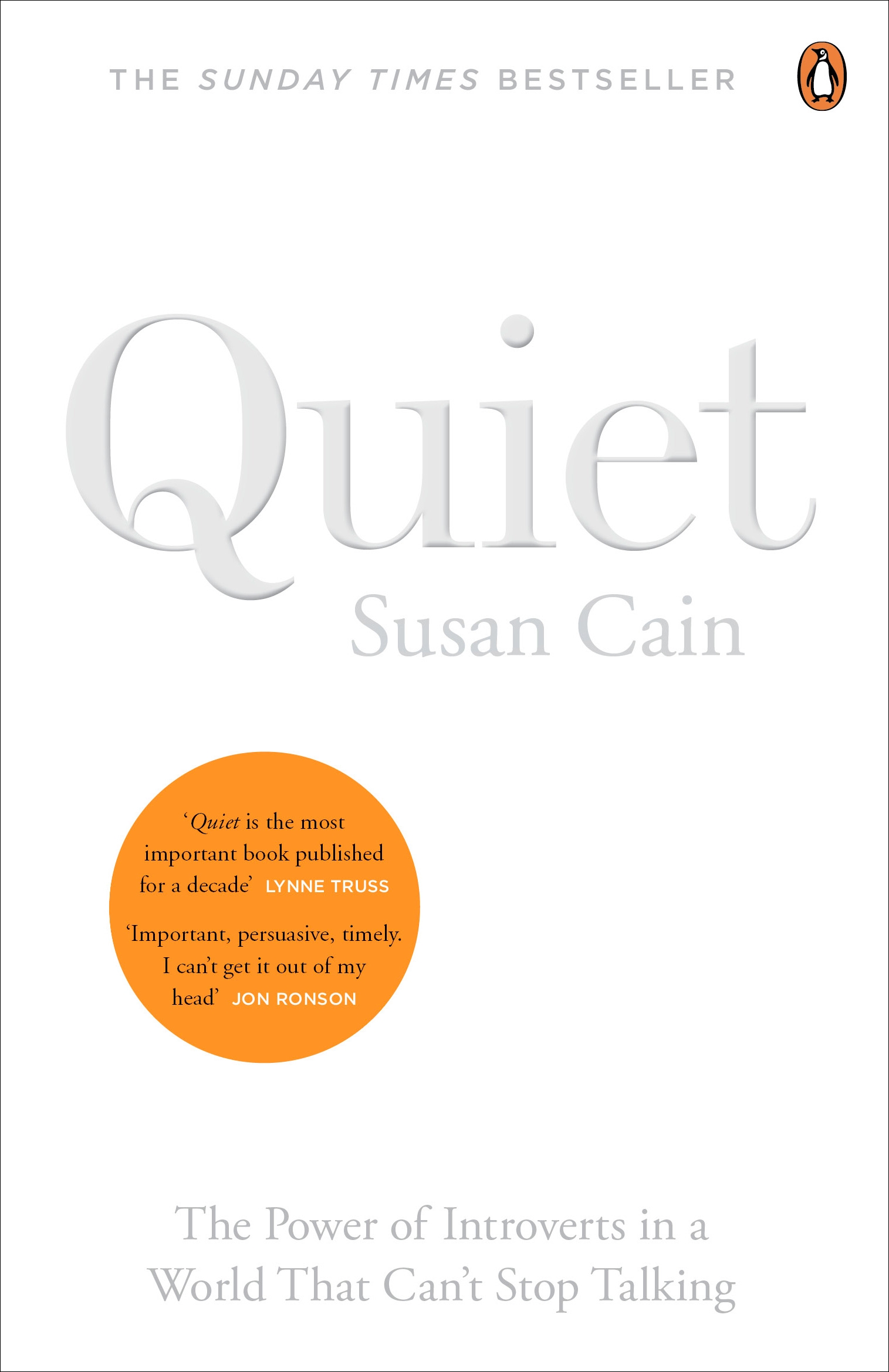Why we need a fundamentally different economic model now

Doughnut economics by Kate Raworth describes an alternative vision for how we can combine sustainability and equality with improved living conditions. Raworth demonstrates how the prevailing model of continued GDP growth is not conducive to meeting the changes required for climate change and tackling the increasing social divisions (e.g. race, sex, North/South).
The central message is that, rather than pursuing higher GDP, we should strive to maintain optimum output. Inadequate economic activity will land us in the (empty) core of the (ring) doughnut; this is insufficient production to maintain adequate living standards. Excessive growth will push beyond the outside of the doughnut and cause environmental damage.
Some points:
- ‘Work’ (in the economic sense) must include that done at home and informal care (for children and adults). Currently it is not valued as it does not contribute to GDP
- Much of this tends to be done by women and therefore enormously under-values the contribution of women to the whole economy
- Classical economic theory is based upon the assumption that humans act rationally. However there is enormous evidence to suggest the contrary (see Thinking, fast and slow for a summary).
- Similarly, typical supply/demand curves do not apply so neatly when embedded into complex, multifactorial systems.
- The Kuznet curve is an inverted “U-shape” that has been used to justify that as nations get richer (x-axis) they must first get more unequal (y-axis) before equality improves.
- It has similarly been modelled onto pollution (y-axis).
- Neither are strictly true or necessary
- Seeking integration of sustainability and equality into design of economic networks should help to avoid this
- Eternal GDP growth is not a foregone conclusion, but if it must (or does) continue to grow then it must ‘decouple’ from the environmental resources in order to keep within sustainable limits
Before I read this book I had thought about how the idea of GDP growth didn’t make sense. All natural systems involve negative feedback (at some point). Therefore I had imagined that GDP must at some point come up against limits, which as Raworth describes, are natural/environmental (in part).
I enjoyed how accessible this book was to someone with no prior knowledge of economics.
More books like this:
- Manifesto for a moral revolution by Jacqueline Novogratz
- Value(s) by Mark Carney
Useful links:
- Here are one, two, and three further summaries/reflections on this book for comparison
- The webiste of the Doughnut Economics Action Lab (DEAL)




